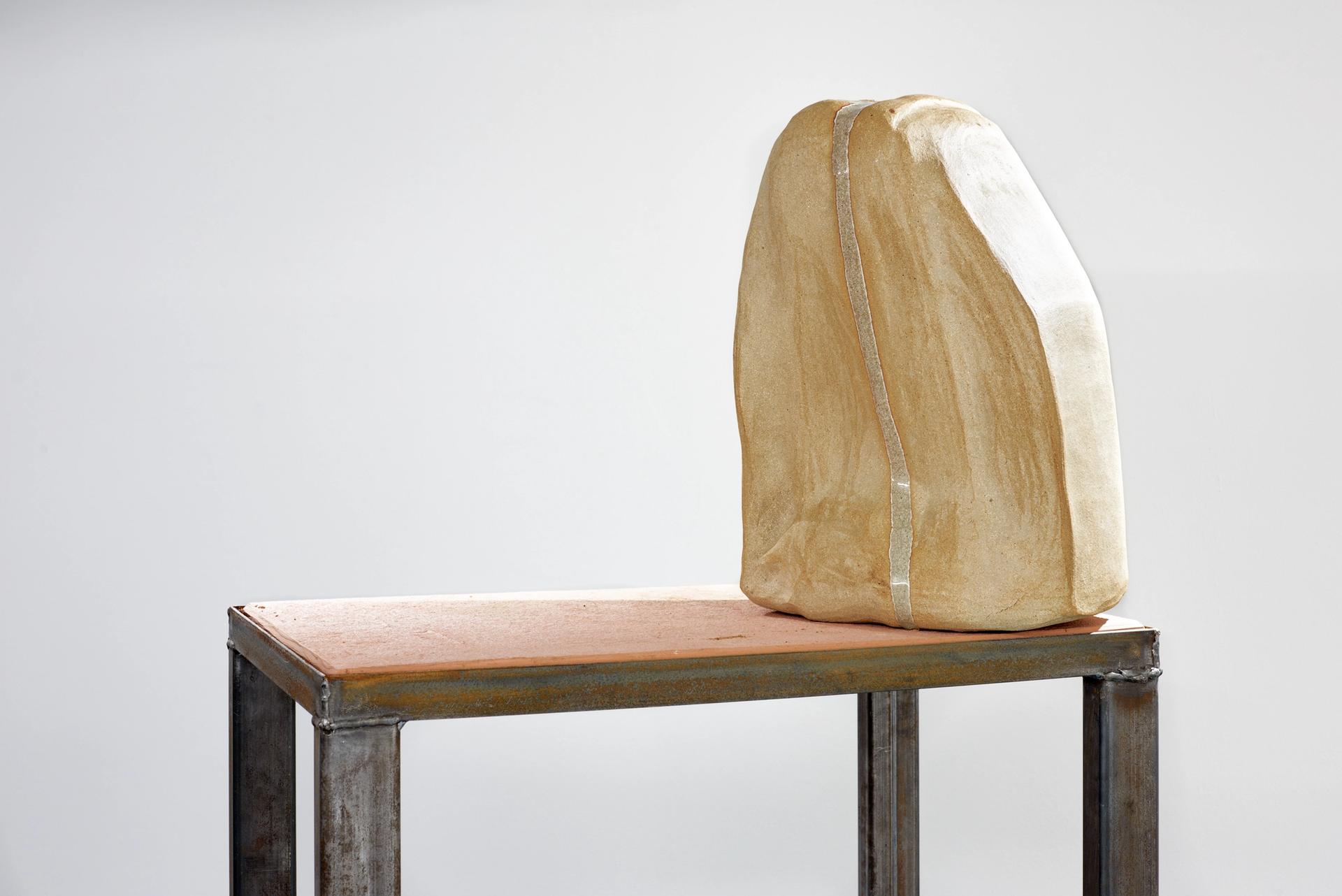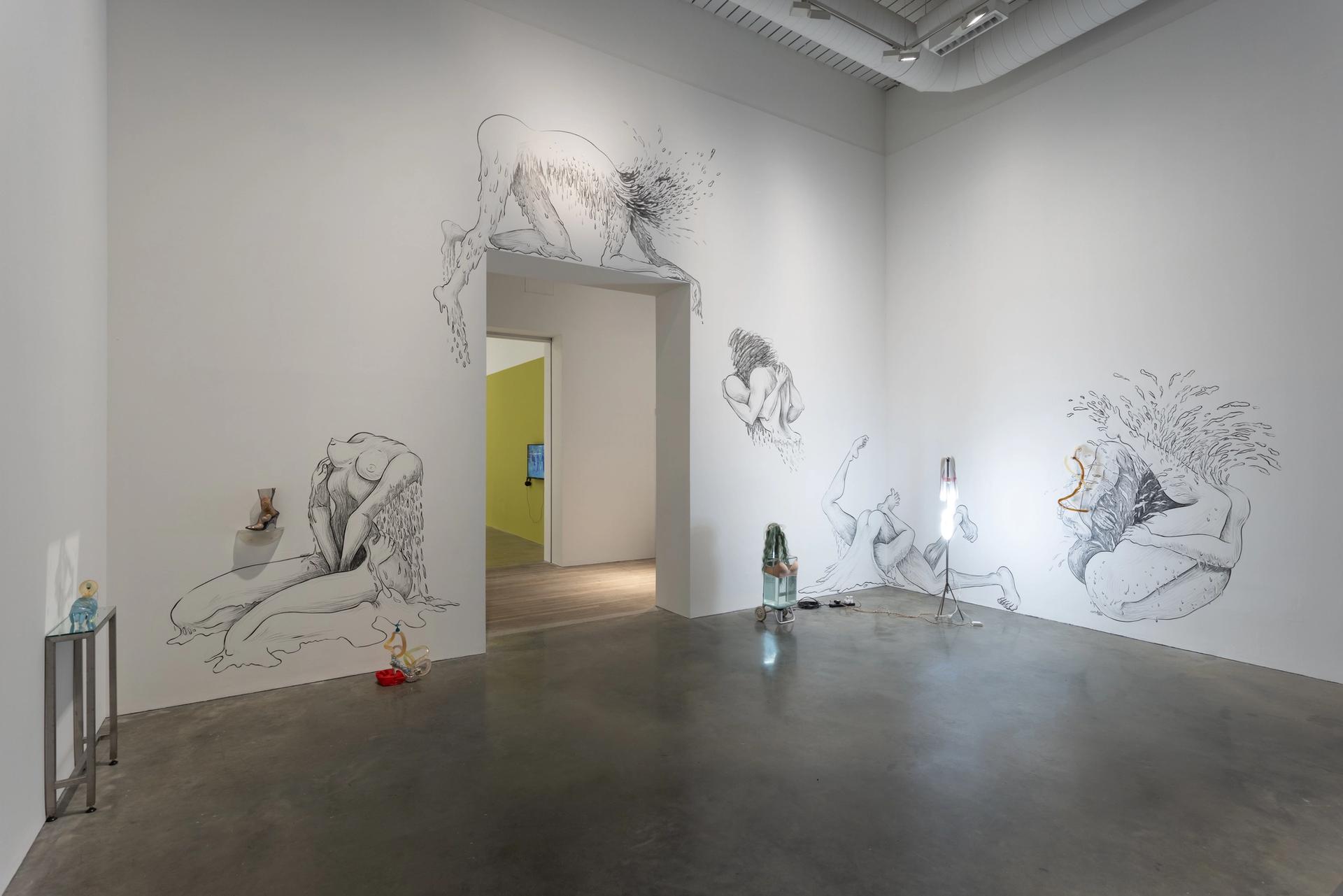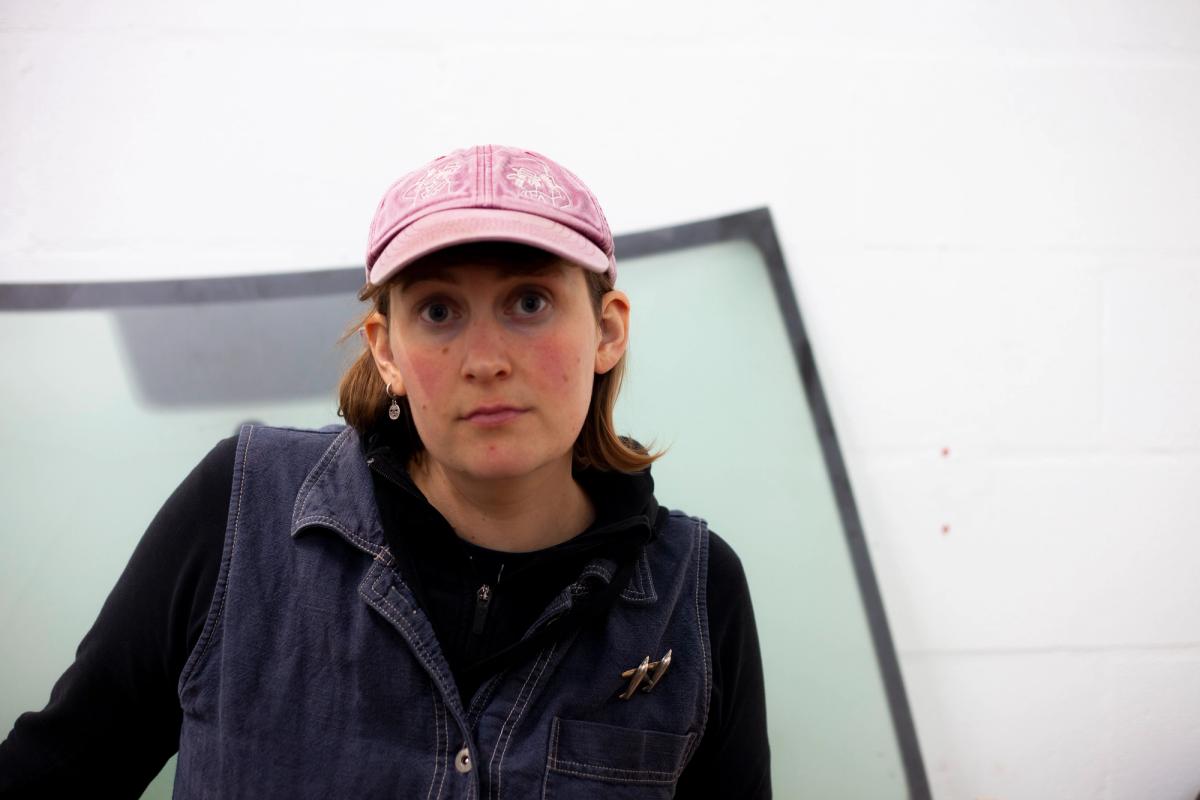The Henry Moore Foundation has awarded “rapid-response” grants to 50 artists totalling £100,000 in response to the current economic crisis and funding cuts across the culture sector. The grant is unrestricted, offering artists the flexibility to use it on whatever they need from buying new materials, paying studio rent or to reimburse funds for work lost, says a foundation spokesperson.
“We are at a critical point,” says Godfrey Worsdale, director of the Henry Moore Foundation which is based in Hertfordshire. “The rise in prices is affecting everyone, but what the heck do you do if you don’t have a regular monthly paycheque coming in?” he told The Observer.
The successful artists, who each received £2,000, incorporate sculpture in their work. The recipients were nominated by a panel of 25 arts professionals representing each region in the UK and Northern Ireland. Panellists include Zoé Whitley, the director of Chisenhale Gallery in London, and Saad Eddine Said, the artistic director of New Art Exchange in Nottingham.

Harriet Bowman's car/body (showing seam) (2022)
Photo: Jonathon Bassett
Bristol-based artist Harriet Bowman, who was awarded funding, says: “The award has given me a moment to slow down and alleviate some financial pressure for a short while. I am fortunate to have a couple of shows programmed over the next year or so; however, with the fluctuating cost of materials and cost of living, I find myself on precarious contracts and saying yes to any paid opportunity to make ends meet, it is always tight. I am extremely grateful to whoever nominated me and the Henry Moore Foundation for providing this relief during a cost of living crisis.” Bowman’s practice incorporates audio, performance and installation.

Saelia Aparicio's "prosthetic for invertebrates" (2023) from MK Gallery's Trickster Figures show
Courtesy of the artist
Saelia Aparicio, another grant recipient, featured in the exhibition Trickster Figures at MK Gallery in Milton Keynes (until 7 May). “[The grant] really helps, I will use the money in buying materials, giving me room to prioritise being experimental, which can feel superfluous in a context like this. I sometimes spiral into thinking how the whole art ecosystem is going to be affected by this, from institutions spending their whole budget in heating, people finding impossible to study, to collector and patrons supporting [projects] less.”
Other artists who have benefitted from the foundation funding outline daily challenges. London-based artist Steph Huang says she uses the salary from her day job to cover the flat and studio rent plus bills. “It can be tricky to have my mind filled with thoughts of art while trying to make ends meet at the same time. The grant is a nice surprise to take some of that burden off and allow me to explore different materials.”
Serena Korda, who says she tries to “find ritual in the everyday” in her practice, uses an electric kiln, highlighting how the cost of firing has doubled. “[The grant] is also giving me the chance to open my practice back up to being multi-disciplinary, allowing me to work with other mediums and performance aspects of my work,” she adds.
Henry Moore, who died in 1986, benefitted from an ex-serviceman’s grant after he fought in the First World War, which enabled him to study at Leeds College. In 1921, he also received a Royal Exhibition scholarship to study sculpture at the Royal College of Art in London.


